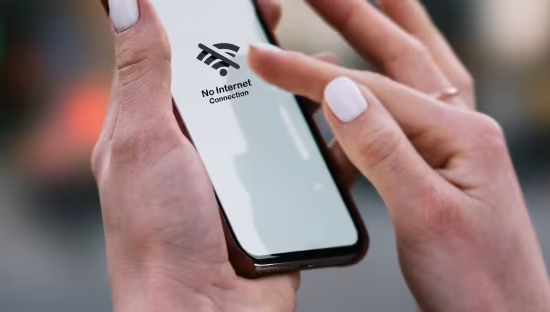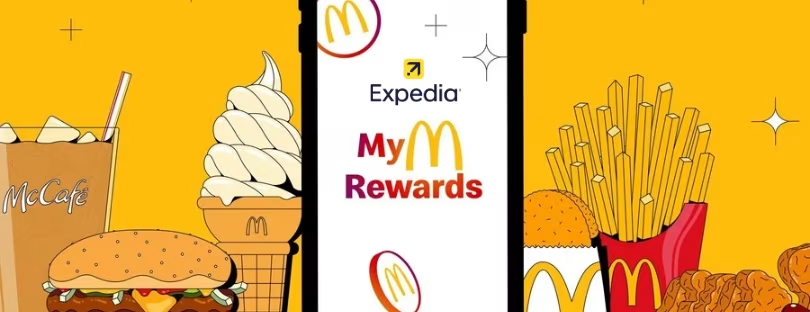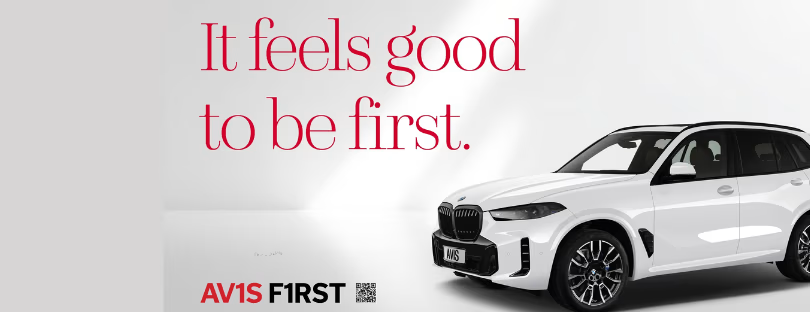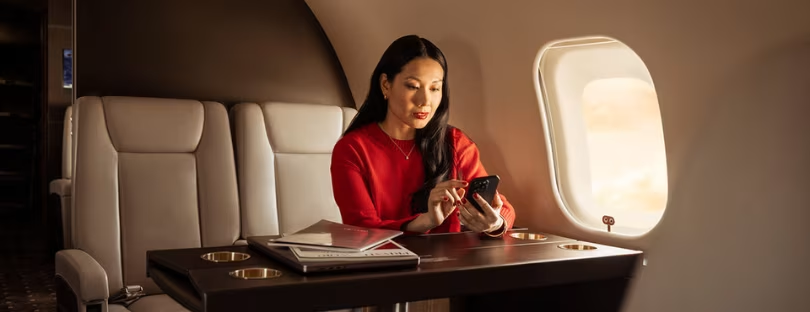
UnionPay Expands Payment Options for Travelers Across Europe
If you’ve ever landed in Europe with a UnionPay card and crossed your fingers at the till—good news: your odds just got a lot better.
UnionPay states that its network is now accessible in over 90% of European countries and regions, with more than 80% of merchants capable of accepting UnionPay at the point of sale, and over 6 million terminals supporting UnionPay QuickPass (contactless) across the continent. That’s a meaningful step-up for visitors from China and anyone holding a UnionPay-branded card.
Everyday use cases
The headline numbers matter less than where they show up: everyday categories. UnionPay points to growing acceptance at supermarkets, fashion and luxury retail, hotels, restaurants, and transit—plus broader support for QR payments in major hubs. Adoption of QuickPass has more than doubled in several European markets since early 2025, suggesting contactless is doing the heavy lifting.
Why travelers should care
For Chinese tourists and businesses, UnionPay’s footprint reduces the “card roulette” moment at checkouts, helps avoid dynamic currency conversion traps when paired with the right card settings, and simplifies expense reconciliation. It also provides a credible fallback for mixed-wallet travelers (e.g., UnionPay and Visa). And for merchants in Schengen gateways and shopping districts, enabling UnionPay is now table stakes for capturing high-spend inbound segments.
Acceptance in Retail, Hospitality, and Travel
Major retailers and hospitality providers now accept UnionPay as part of the rollout. Duty-free stores in European airports, Galeries Lafayette in France, Harrods in the UK, Spain’s El Corte Inglés, and nine Value Retail premium outlets all support UnionPay card payments, with many also offering mobile payment options. Dining establishments from fine dining to quick-service chains and coffee shops also integrate the brand.
In the hotel sector, global groups such as Four Seasons, Shangri-La, and Park Hyatt provide UnionPay payment facilities at key European properties. Through a partnership with Dojo, UnionPay acceptance now extends to more than 110,000 UK merchants, particularly in the hospitality sector. The company said these integrations position UnionPay as a competitive option for both leisure and business travelers.
UnionPay has also strengthened its role in the travel industry, with acceptance across urban and intercity transport systems as well as car rental services in Germany, Spain, and Italy. Major tourist attractions, including the London Eye, Disneyland Paris, and Barcelona’s Sagrada Família, allow visitors to book tickets online using UnionPay. Around 40,000 Selecta vending machines across Europe have also enabled UnionPay acceptance.
The competition: Visa, Mastercard, and challengers
Reality check: Visa and Mastercard still dominate European purchase volume and most domestic rails (Cartes Bancaires, Girocard, PagoBancomat, Bancontact) interoperate through them. But globally, UnionPay is massive—roughly a third of worldwide network purchase transactions in 2024—so when that scale meets higher European acceptance, behavior follows. Meanwhile, JCB has been quietly expanding acceptance via PayXpert and German acquirers, and Discover/Diners continues to grow through partnerships—especially for corporate and travel spend. The competitive set for international visitors is more plural than it was even three years ago.
Beyond Europe, UnionPay reports that hundreds of millions of its cards have been issued in 83 countries and regions, making it one of the most extensive global payment networks. This infrastructure supports cross-border commerce and tourism, enabling cardholders to use UnionPay for everyday spending and travel-related transactions worldwide.
Contactless and what’s next
Europe is already one of the world’s most contactless-friendly regions; UnionPay leaning into QuickPass and QR matches how tourists actually pay day-to-day. Expect the arms race to continue: acquirers want every credible scheme in their acceptance graph, and travelers want one-tap, fee-transparent checkout. At the same time, European banks are experimenting with tokenized card rails and euro-stablecoin pilots for programmable, 24/7 settlement—early signals that cross-border retail payments will keep getting faster and more software-defined. None of that replaces cards this decade, but it will pressure fees and improve FX clarity.
The bottom line
UnionPay’s European push isn’t just another “acceptance milestone” press release—it’s a competitive nudge that benefits travelers. More acceptance means fewer awkward moments at checkout, better leverage on FX, and an easier path for Chinese and Asia-based visitors to spend where they already want to shop, sleep, and move. For merchants and hospitality brands, accepting UnionPay is now a revenue hygiene factor, not a niche nice-to-have.
Zooming out, Europe’s point of sale is converging on a simple truth: be wallet-agnostic and scheme-agnostic or lose the sale. Visa/Mastercard will remain the default rails, but the growth is in capturing incremental, international payments—where UnionPay, JCB, and Discover/Diners are all raising their hands. The smartest players in travel retail will pair broad scheme acceptance with transparent pricing (DCC off by default), clean refund flows, and mobile-first checkout. That’s how you turn a network update into measurable revenue per visitor.










